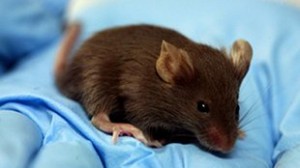
The Brain on Fear
Animals respond to fear in predictable ways. A mouse confronted with danger is likely to either freeze in place or run for its life. But

Animals respond to fear in predictable ways. A mouse confronted with danger is likely to either freeze in place or run for its life. But

Pain perception has evolved as a warning mechanism to alert organisms to tissue damage and dangerous environments1, 2. In humans, however, undesirable, excessive or chronic
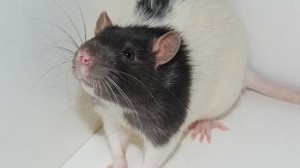
Scientists have achieved a greater understanding of the mammalian brain’s connectivity by showing that the hippocampus a central information processing hub—sends impulses selectively to different
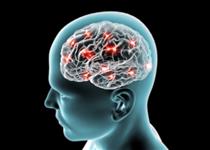
A collaboration of scientists from across Europe has discovered a cellular pathway that could lead to the development of new therapeutic interventions to stop or
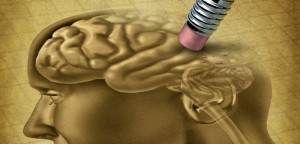
Reactive oxygen species (ROS) and mitochondrial defects in neurons are implicated in neurodegenerative disease. Here, we find that a key consequence of ROS and neuronal mitochondrial
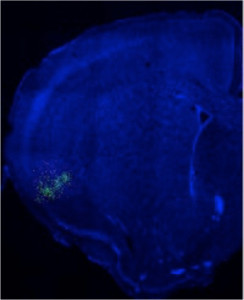
When a nasty taste makes the stomach turn, neurons in the brain’s insular cortex fire up to form a memory of the foul flavor. But
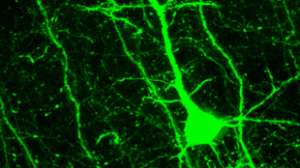
The time window for the brain to develop optimal connections based on learning and experience is relatively short-lived, occurring prior to adulthood. But this neuroplasticity
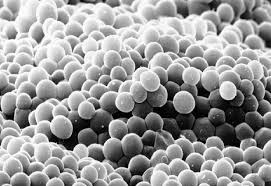
Yeast has shown some promise as a model system to generate lead compounds that could have therapeutic potential for the cellular problems associated with neurodegenerative
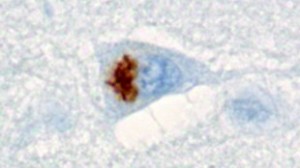
A repetitive DNA sequence that was not believed to encode proteins is, in fact, the source of insoluble peptide chains that aggregate in the brain
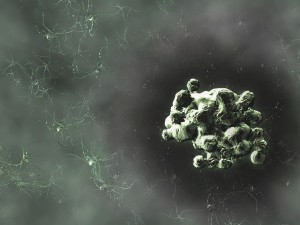
α-Synuclein (α-syn) may promote Parkinson’s disease–like pathology by cell-to-cell transmission in mice, according to a new report in Science (338, 949–953, 2012). Parkinson’s disease is characterized by abundant α-synuclein

α-Synuclein (α-syn) may promote Parkinson’s disease–like pathology by cell-to-cell transmission in mice, according to a new report in Science (338, 949–953, 2012). Parkinson’s disease is characterized by abundant α-synuclein
Nature Genetics 44,1178 (2012) Pamela Feliciano “Potential Parkinson disease and ALS drug” The aminopropyl carbazole compound P7C3 has previously been reported to have proneurogenic, neuroprotective
The Journal of Neuroscience, 2011, 31 (49): 17800-17810; DOI: 10.1523/JNEUROSCI.3878-11.2011 Y. Zeng, M. Tan, J. Kohyama, M. Sneddon, J. B. Watson, Y. E. Sun, C.-W.
Created by ePubSystems. Contact Us for similar site for your university or institute.